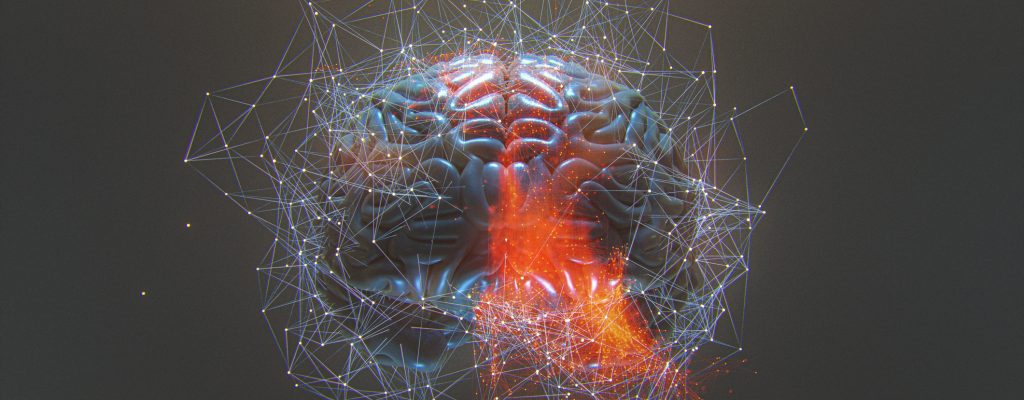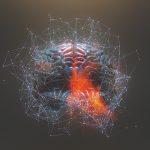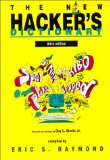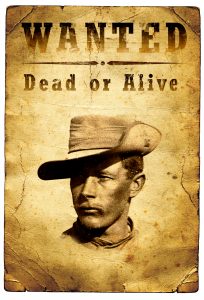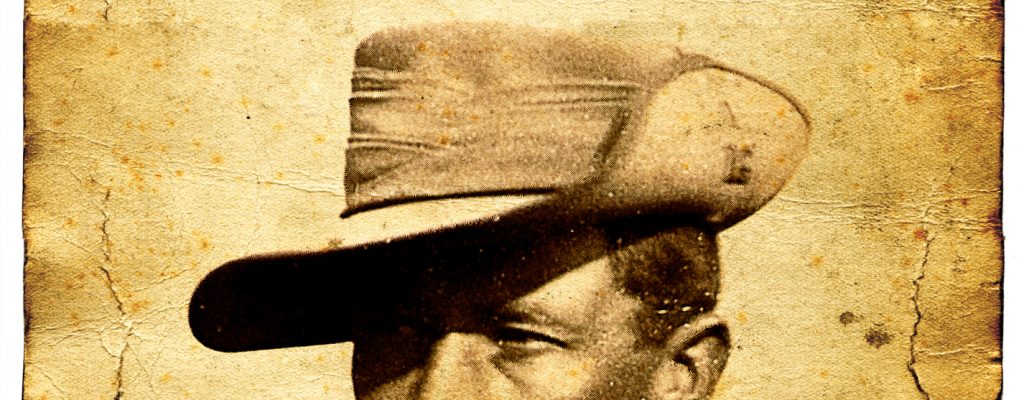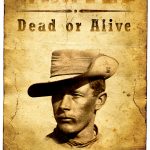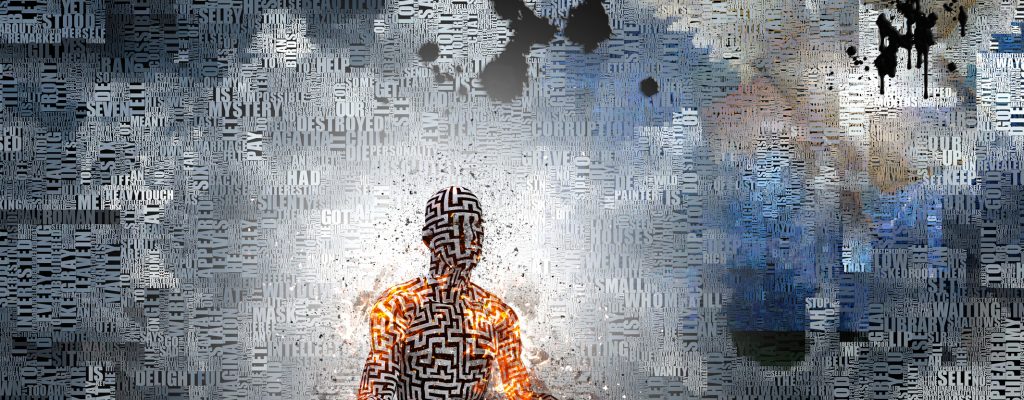
My journey to becoming a Master NLP™ Trainer … and, the Architect & Designer of the MythoSelf Process and SomaSemantics
“Uchi-deshi” … that’s probably a meaningless phrase to you, unless you are a dedicated martial artist, and have hung around the martial arts world for some time, especially the Japanese arts, like Judo or Aikido.
The phrase, Uchi-deshi, closely translated into English would be “inside student,” referring to a dedicated student of the martial arts who lives in the dojo, commits to a full-time practice in the art they are studying, and takes on responsibilities to the dojo’s master teacher and to service in the upkeep and care of the dojo too.
What’s amazing is that these students not only work in the dojo, cleaning, doing minor chores, maintenance, acting as an assistant to the master, and often taking on some of the teaching role for other more junior students as well … they often pay for the privilege of being an Uchi-deshi, and must be able to support themselves financially and independently while in such an apprentice relationship.
I bring this all up because it’s the closest I can come to the apprentice model I experienced with Roye, my mentor and master, while studying the arts of NLP and Roye’s “Generative Imprint” model with him. For seven years I spent the better part of 40 weeks a year attending training programs with Roye, or assisting him when he was working with clients, and often picking him up at the airport or running to the bank to take care of something for him. It was a grueling schedule because my cost for this much training was in the range of $100K/year, plus travel and housing (there wasn’t any live in dojo to stay in, so lots of hotel rooms in addition to the few times I stayed on a sofa in Roye’s home), so I had to work full time, while also studying 8+ hours a day when I wasn’t actually in the consulting or training room with Roye.

Truth is … I wouldn’t trade day of those seven years for seven extra years of life.
There’s just no way I could be who I am today without having spent those seven years apprenticing in the manner in which I did … it was indeed grueling, often uncomfortable and discouraging, and there were many days I thought would be my last, but it was a privilege every day for those seven years.
I remember a particular moment about three months after meeting Roye for the first time, I had asked him to help me with something and he promised he would. I was confident that if Roye promised me that he could help me get something I wanted from training with him I would get it, but after weeks and weeks of waiting, and asking for it over and over, it seemed I wasn’t getting any closer to having it. So I waited some more.
This went on for months, and finally I decided if he wasn’t going to help me I would just get on with it and figure it out for myself, in fact I decided I was done with Roye, and after I completed the commitment to getting my NLP™ Master Facilitator certification with him I was out of there. So I kept at it, showing up, doing the homework, reading prodigiously in NLP, linguistics, philosophy, psychology and cognitive science, averaging a least a book a week, and in some weeks three books. I spend hours every day writing and reviewing my notes too. And, Roye would hand out what he referred to as “hypno-hymnals,” hypnotic scripts that he work on personalizing for me, with me, going back and forth using fax machines to share what I’d written and then incorporating his hand written notes in the margins back into the script that he’d send me back. I must have done this with hundreds of pages of these ‘hymnals’ over just that first year with Roye.
Suddenly, on a Sunday afternoon or a three-day workshop with Roye, sitting in the circle with him, I asked my question again, after Roye ran his typical routine of going around to everyone in the room and asking, “What do you want?” focusing us to think about why we were there that day, and what we wanted from it. When it came to me, I once again asked for the same thing I’d been asking for over the past few months, not expecting anything different than what I’d already gotten in regard to this request … nothing!
Roye did nothing to disappoint me either, because he simply acknowledged my request as he had every other time I made it, and then moved on to the next person. As expected there wasn’t any lightening from the heavens, nor some internal seismic event, just another day in the “hypnotorium” … Roye’s term for the space he set up to doing training in with his students and clients. Yet, sometime later that day, after lunch, Roye was working with a client in front of the room and did something that made what I’d been asking for over the many months since I began studying with him become crystalline clear and obvious … and, I swear to this day he subtly glanced in my direction to see if I’d picked it up. I was dazed and in awe, one of the very few times in my life I was truly speechless, because I realized in that moment that he’d shown me that very thing probably hundreds of times since I’d first asked!
Roye wasn’t holding back at all … I was just incapable of getting what he was offering until I’d seen it again and again, and again. When I finally saw it, it was as though dark scales blinding me had dropped from my eyes, and for the first time I could see the world clearly. Not only did I see what Roye had done, exactly and precisely what I had been asking him to demonstrate for me, but a thousand other things he’d been doing over those same months I’d been waiting for this moment became clear to me as well.
That was the beginning of my humbling. I have to admit prior to that moment I pretty much acted like an arrogant asshole, thinking I knew much more than I did, feeling somehow better than my peers who were so slow in picking this stuff up from my short-sighted observations. In that moment of revelation I realized how little I knew, and for the first time grasped some idea of how deep the rabbit hole I climbed into when I entered the hypnotorium went … a lot further down than I could see from where I was standing was about the only thing I was sure of that day.
Well, obviously, since I’m telling you this story, I didn’t quit, in fact that’s when I doubled down and committed to being available for every weekend, every workshop and anything that Roye would open up to me. I also began making time to join training with Richard Bandler whenever I could, and other famous (to me) NLP™ Trainers like John Grinder and Robert Dilts … I went everywhere and saw everyone, including some of the most famous hypnotists I could catch up with whenever possible. Not a week went by where I wasn’t reading two or three books simultaneously and spending hours on bulletin boards in the early Internet days. I was in … hook, line and sinker, a fish out of water, determined to master the art of swimming … even if that meant upstream and against the current until I got it.
As I said already, that was the start of a seven year apprenticeship with Roye, one I’m eternally grateful to him making available to me … even though I believed I earned every opportunity given to me, with my sweat, blood and tears offered up as payment in full. That was in the late 1980s, and my the early 1990s I was working full time as an NLP™ Trainer and Consulting, working with sales teams internationally, and eventually working my way up to the C-Suite doing leadership development workshops and coaching senior executives for multinational corporate clients.

There was a famous SNL (Saturday Night Live) skit in the early days of that television show, where the comedian Garrett Morris played the baseball player Chico Escuela. In that skit Chico would say, “Baseball been berry, berry good to me.” mimicking the real live MLB player, Sammy Sosa’s Dominican accent. It was a funny skit that stuck with me, and I often think in the privacy of my own mind, “NLP been berry, berry good to me.”
I liken my journey so far to a kid who began playing sandlot baseball, one of millions, who makes it onto a Little League team, maybe one of ten to make that transition from the sandlot successfully. And, then moving along getting on a high school team and then a college team, leaving behind may as many as 10,000 of the kids who all began throwing baseball around with their friends, or if they were lucky enough, playing catch with a father who showed them how throw a baseball properly. Finally, one of a 1000 of those college players makes it through the minor leagues and into MLB, getting drafted by a team who give them a shot, and if they are good enough they then get the honor of entering baseball’s Hall of Fame, maybe one of a million or more.
I’m one of those lucky guys who’s been given the opportunity to do what so many others who picked up a book and read about hypnosis or NLP or coaching, and then found someone to take a class with, and maybe finished a certification program of some kind and even started a part-time practice, hoped to achieve. I’ve traveled around the world training some of the very top, elite performers in every field of excellence, and I’ve been paid very well to do it … enjoying what I so often refer to as a magical life. I know it all began when I stumbled across an ad to go to a single 3-day training on the old Blue Dell Farm, in Pemberton, NJ, where Roye had set up his hypnotorium, and I made that first phone call to find up more about it.
Ever since then I’ve been saying that life has been “… berry, berry good to me.”
All the best,
Joseph Riggio, Ph.D.
Architect & Designer of the MythoSelf Process and SomaSemantics
P.S. – I’ve trained just a handful of folks in my version of taking on apprentices like Roye invited me to be with him, at least two of them picked up their roots and moved to live close to where I was living at the time to have that kind of access, another couple I can think of just came to anything and everything I was doing until they absorbed enough of what was going on to claim mastery themselves, and at least one of these folks lived with me as a housemate for a while literally pestering me in daily conversations and dialogue, and picking up everything … almost by osmosis you could say.
I don’t really have a formal program for Uchi-deshi, nor can you come and live me, but I am opening a very limited and small window for anyone who thinks they might want to explore engaging in an intimate mentoring relationship to master the art of transformational change with me. I have “graduated” the last of the group I’d been working with in this way, and I’m ready to work with a few more folks who are up to the commitment to becoming one of the best there’s ever been … because not only do I think of the folks who have studied with me this way, but their reputations now precede them as the master’s they’ve become (if you are interested I’m happy to set it up for you to speak with a few of them to help you decide after we speak and agree that it might make sense for you to drink the potion Alice found, and enter the warren for a while …
Just go here to arrange an appointment … https://live.vcita.com/site/josephriggio/online-scheduling?service=k1zlmegpqkoykvri
NOTE: This link will only be available for a limited time, so if you’re interested schedule a time now. I reserve the right to cancel this opportunity at any time without notice, but I trust if the student is ready …





